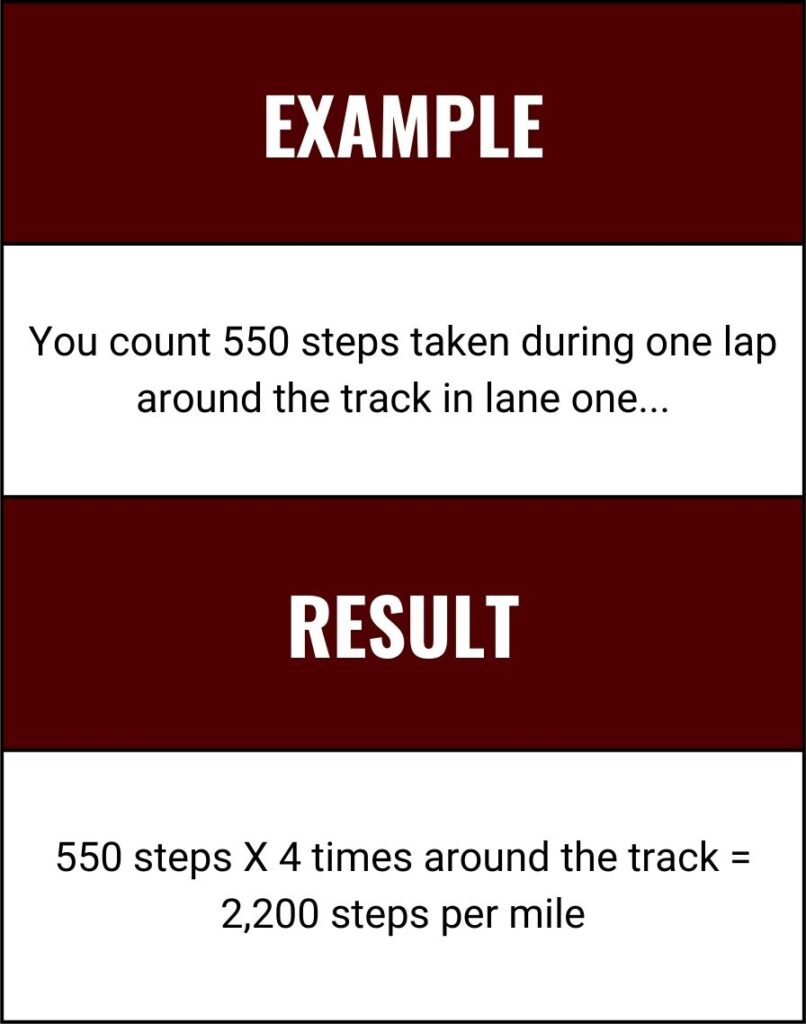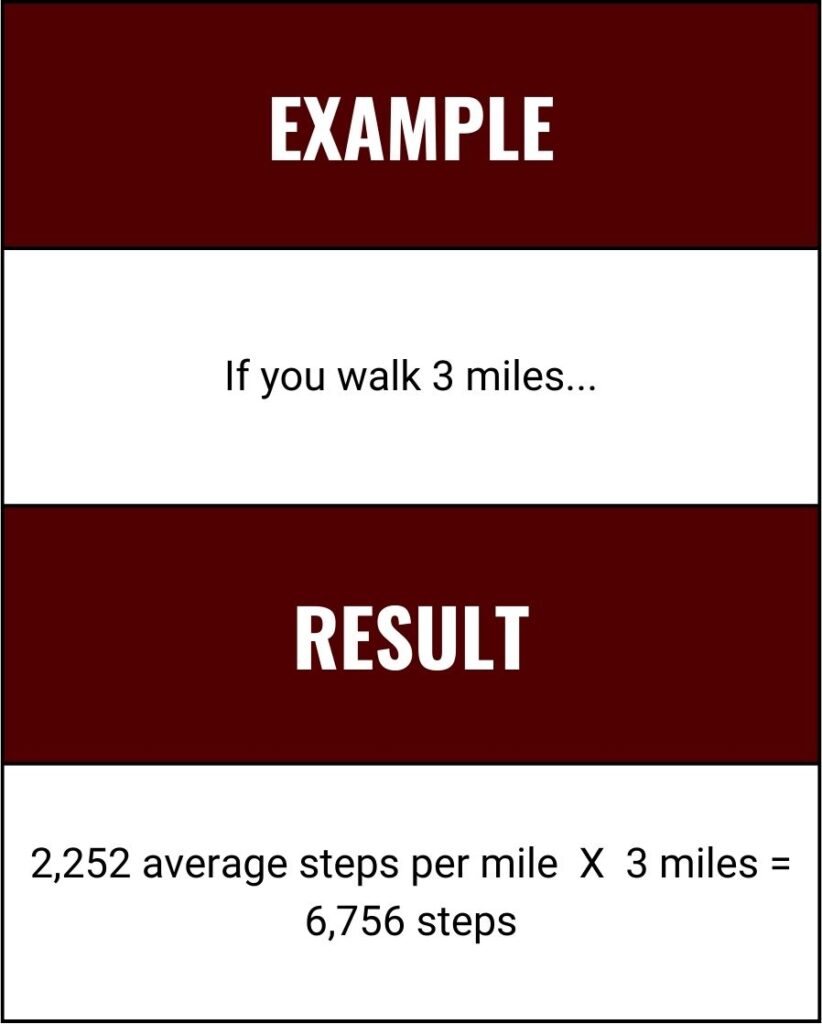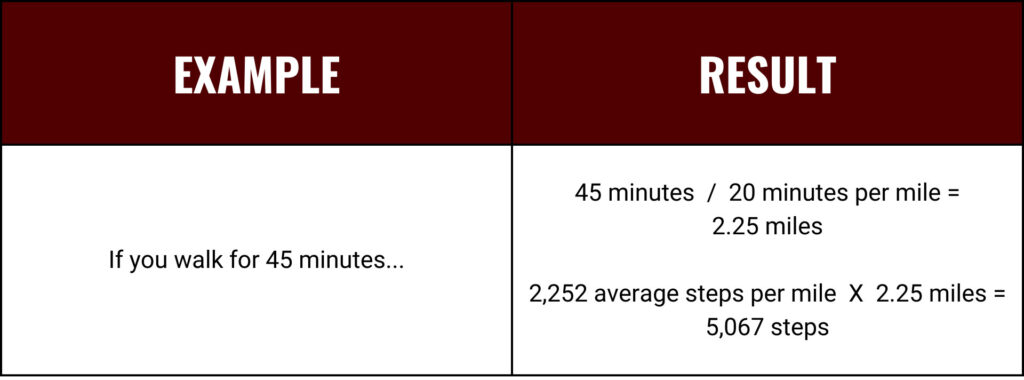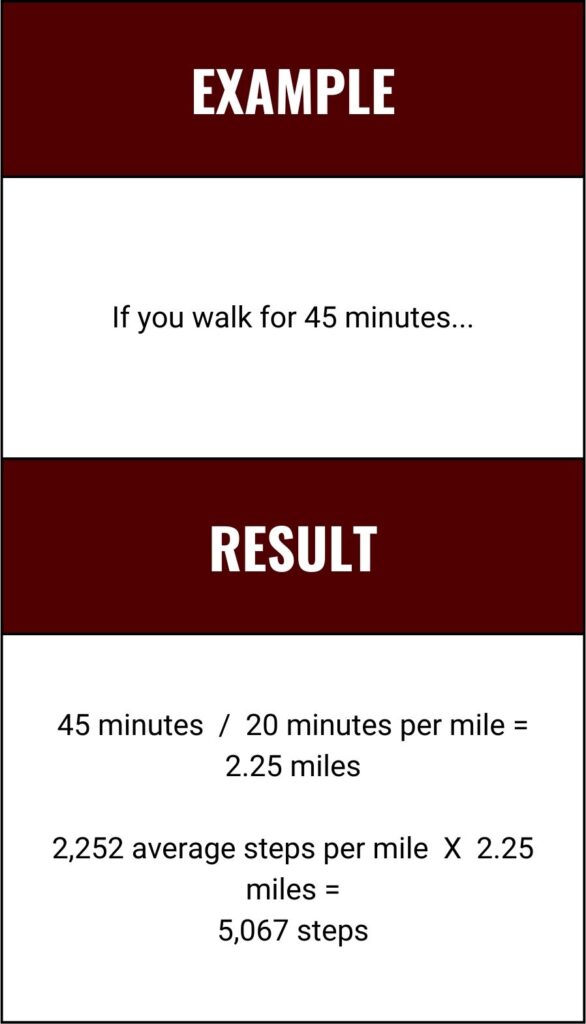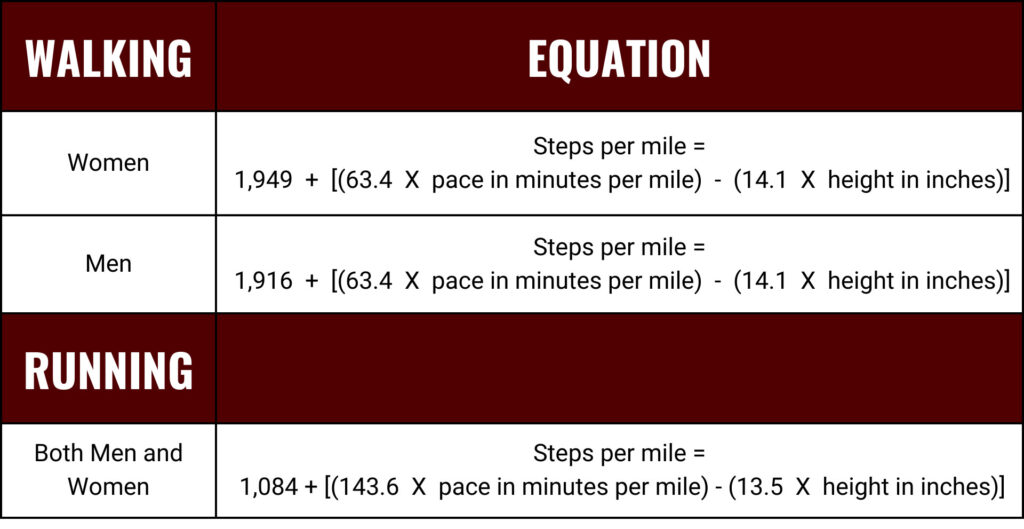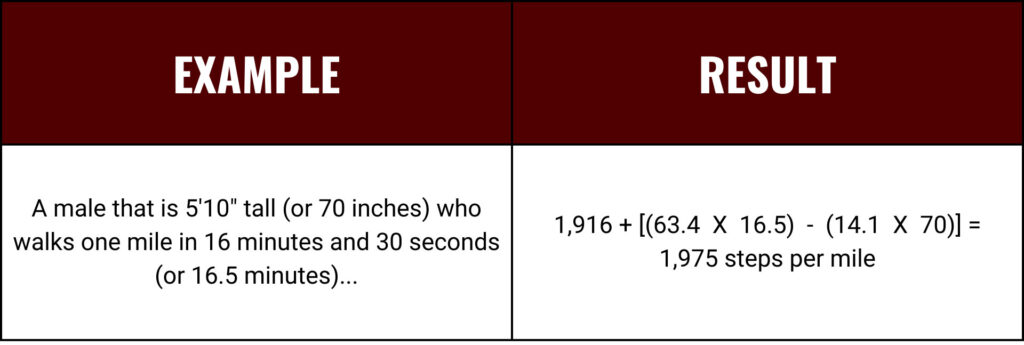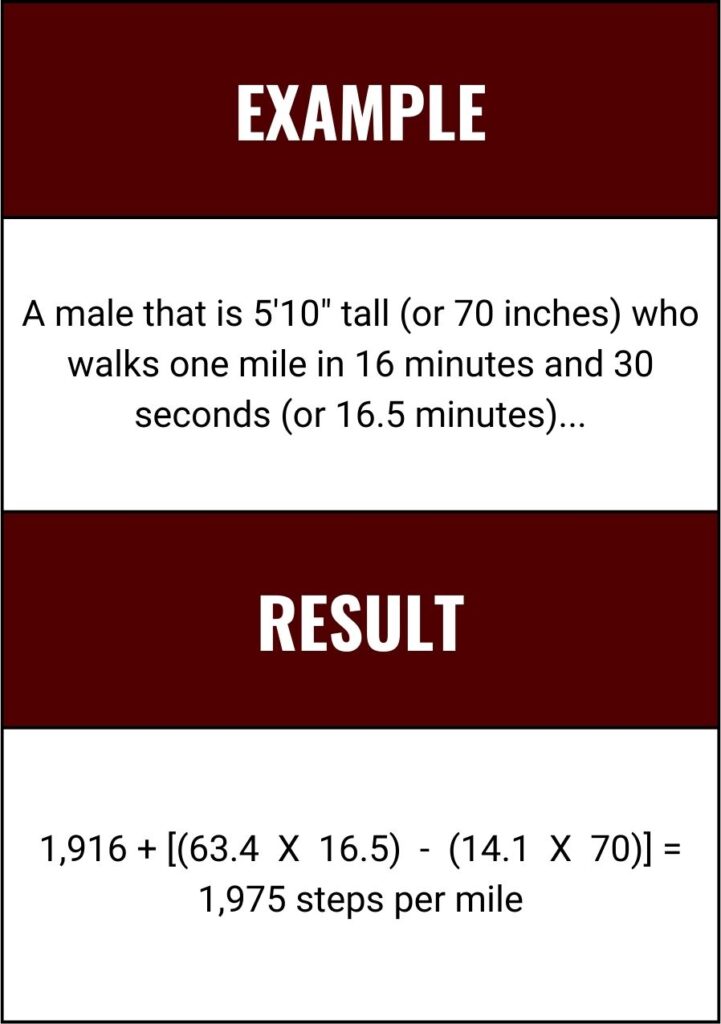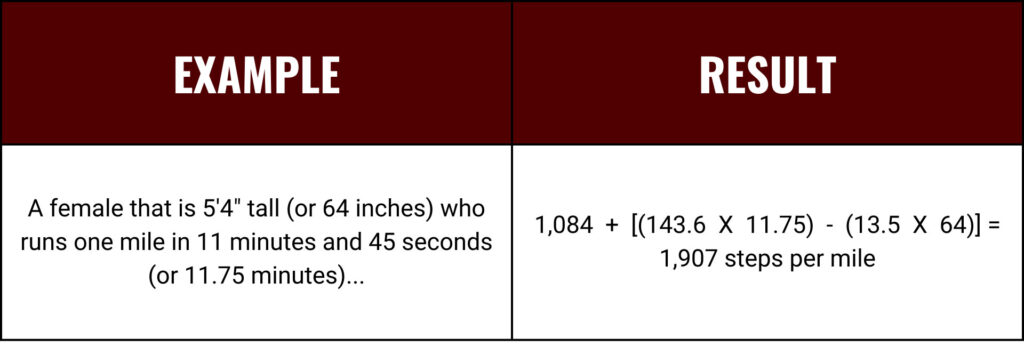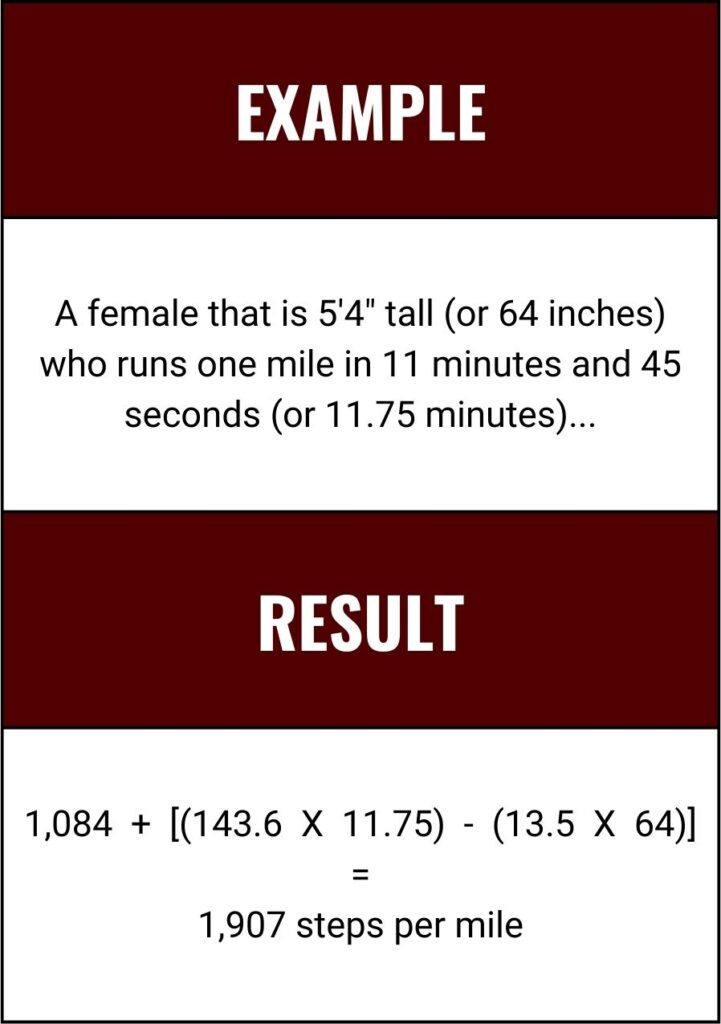Want to count your steps, but don’t have a device? Forgot your pedometer? Didn’t start your fitness tracker? Having a step count goal can be a great motivator to go just a little further. So, don’t stress if you don’t have a device, or forgot to set yours. Here are some simple ways to count your steps without a step-counting device.
Take Advantage of Local Running Tracks
Find a place where you can walk a quarter of a mile, like one lap around a standard running track in lane one (the inner lane) at your local high school. On a standard running track, lane one is usually 400 meters (roughly a quarter of a mile), and therefore, four times around the track is about one mile. Count your steps for one lap (or 1/4th of a mile). Now, multiply your number of steps by four. You now know your steps for a one mile.1
Average Step Count
Another way to count steps is by using an average step count. On average, men and women walk about 2,252 steps per mile.2 Using this figure, calculate your steps using distance.
To find your distance walked, you can use an online tool like On The Go Map and select your walk from point to point to get the total distance.
Time and Intensity
You can also estimate your steps based on your time and intensity. The Physical Activity Guidelines for Americans recommend moderate intensity aerobic activity at least 30 minutes a day.3 Moderate-intensity walking is described as walking at a brisk pace – about 3 miles per hour.3 That’s the equivalent of 20 minutes per mile or 1.5 miles every 30 minutes. Based on the average step count formula above, you can estimate the total steps for 1.5 miles is about 3,378 steps.
What would the estimates be for 45 minutes of walking at a brisk pace? Divide 45 minutes by 20 minutes per mile and you get 2.25 miles. Then, you can estimate the total number of steps using the average step formula above to be about 5,067 steps.
Gender, Height, Leg Length, and Pace
Want to make your estimated step count a little more personal? You can estimate your step count using your height and pace.
In a study published in ACSM’s Health & Fitness Journal, researchers found that the number of steps participants took differed significantly depending on their height, leg length, and pace. The number of steps men and women took while walking differed significantly, while the number of steps taken running was only significantly different among men and women at faster speeds. Both height and leg length significantly impacted the step count for walkers, while only height impacted the step count results for runners. Thus, formulas to estimate steps for walkers were designed for both men and women; while for runners, one equation was developed to predict steps for all runners (regardless of gender).2
Keep In Mind…
A person’s average step count can vary based on a number of factors, including age and gender, as well as stride length and terrain. “There is no one appropriate step-count for everyone, it is important for individuals to measure their own baseline step-count and then to have a plan to gradually increase both how often they walk and how fast they walk in a safe way for them.”4 – Tess Harris, professor of primary care research at St George’s University London as told to Reuters5 Want a quick guide for measuring physical activity steps? Take a look at this Step Conversion Chart.6Need some motivation to take more steps?
Check out our free walking programs.- Penney J. How can I count my walking steps without a pedometer: Walking. Sharecare (on behalf of National Academy of Sports Medicine). Accessed August 17, 2023. https://www.sharecare.com/health/walking/how-count-steps-without-pedometer#:~:text
- Hoeger, Werner WK; Bond, L; Ransdell, L; Shimon, J; Merugu, S. One-mile step count at walking and running speeds. ACSM’s Health & Fitness Journal 12(1): p 14-19, January 2008. DOI: https://www.doi.org/10.1249/01.FIT.0000298459.30006.8d
- U.S. Department of Health and Human Services. Physical Activity Guidelines for Americans, 2nd edition. Washington, DC: U.S. Department of Health and Human Services; 2018. Accessed June 26, 2023. https://health.gov/sites/default/files/2019-09/Physical_Activity_Guidelines_2nd_edition.pdf.
- Moreton J. Here’s how many steps there are in a mile. Runner’s World. June 25, 2021. Accessed August 17, 2023. https://www.runnersworld.com/uk/training/a36841450/how-many-steps-in-a-mile/.
- Rapaport L. Yes, counting steps might make you healthier. Reuters. June 25, 2019. Accessed August 17, 2023. https://www.reuters.com/article/us-health-walking-idUSKCN1TQ2P0.
- Sharecare, Inc. Taking steps toward better health doesn’t always mean walking. 2022. Accessed July 5, 2023. https://pagemanager.sharecare.com/wp-content/uploads/2022/02/sharecare-steps-conversion-chart.pdf.






